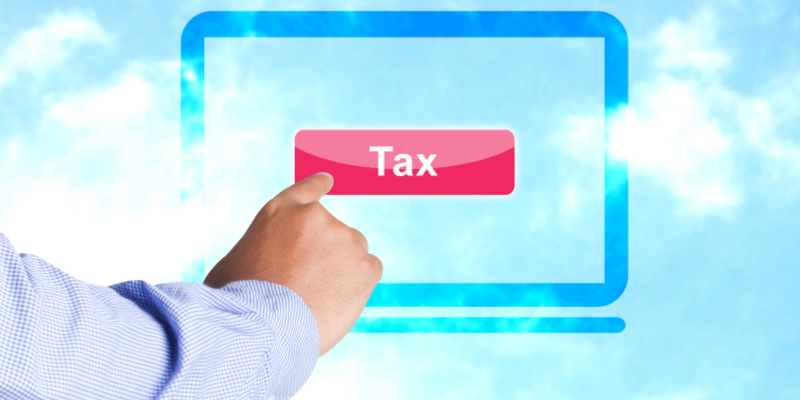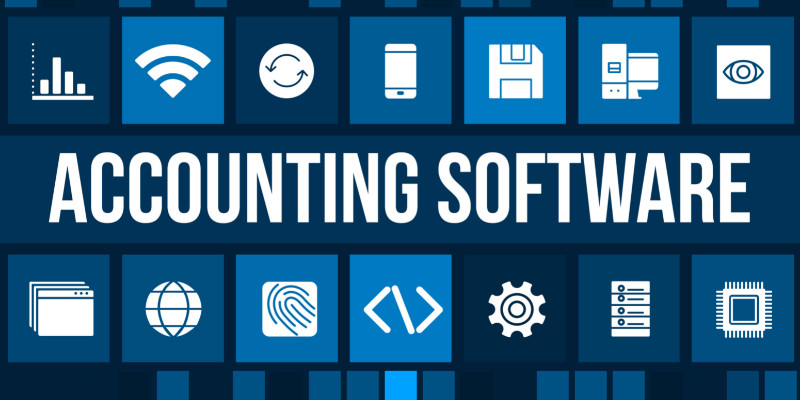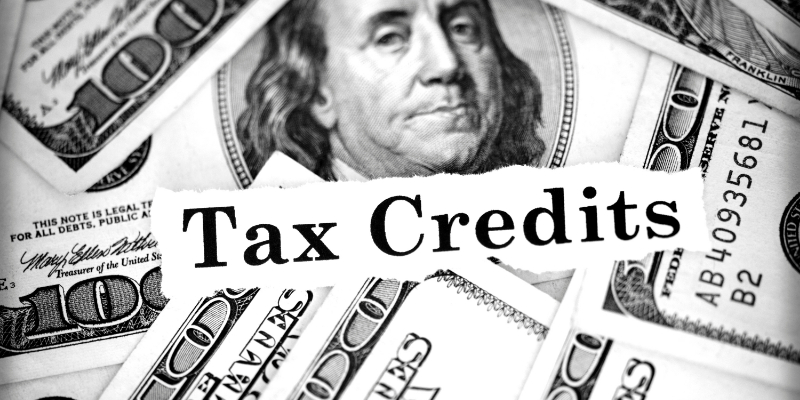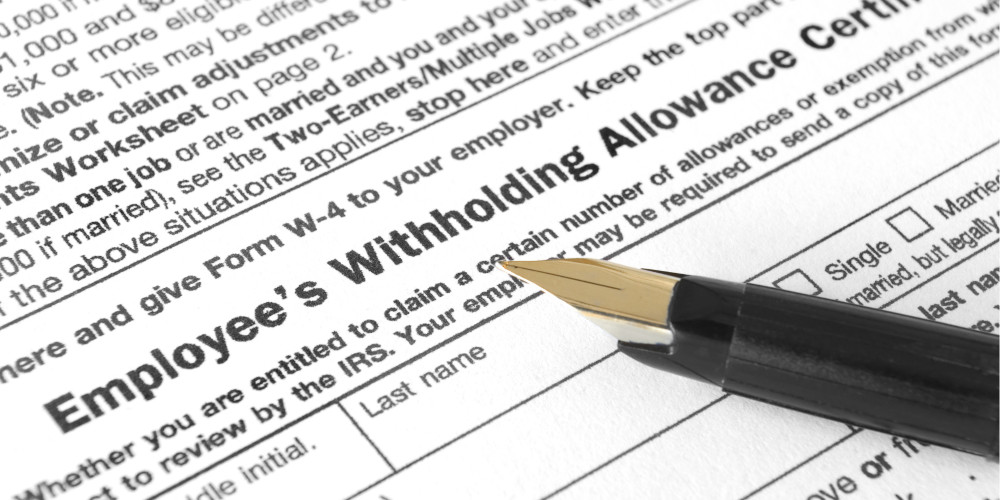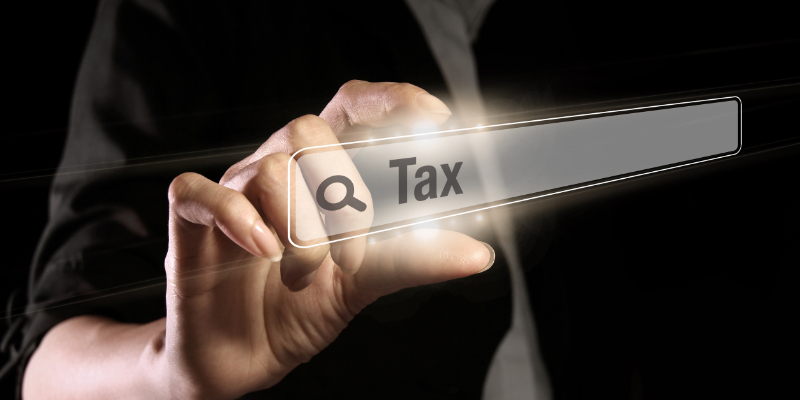
What You Should Do In Case of Inaccurate Tax Returns
If you made an error on your tax return, you would need to fill out an amended return form with the IRS. You can fill out the form yourself or have a professional prepare it for you. You may be charged penalties and interest if you do not file an amended return. To help you figure out what to do, we thought it would be useful to put together a brief discussion on this subject. If this is something that you want to learn more about, read on for a brief break down of what you should do in case of inaccurate tax returns. Will The IRS Catch It If You Have Made A Mistake? The IRS is likely to catch any mistake or incorrect information on your tax return. The IRS has substantial computer technology and programs that cross-reference tax return information with data received from other sources, such as employers. If you report incorrect information on your tax return, their programs will almost surely catch it. Can You Re-File Your Taxes? If you need to change your taxes or if you forgot to add something, you can refile them by filling out Form 1040X. This form is available online or at an IRS office. You can also have a professional prepare the amended return for you. What Is the Penalty for Incorrect Tax Returns? There is no specific penalty for an incorrect tax return. However, penalties do apply to your incorrect tax return, as they are in proportion to the amount you had to pay. For instance, if you had to pay significantly more tax due to a mistake on your return, there would be a much larger penalty than if the mistake had resulted in paying less tax. You cannot go to jail for making a mistake or filing your tax return incorrectly. However, if you deliberately leave off items that should be included, such as tax deductions, and are caught and charged with tax fraud, you can face a separate criminal charge. IRS agents will look to determine how you designed your actions and how you acted in response to being discovered. Should You File An Amended Tax Return If You Received An IRS CP-2000 Notice After Filing My Taxes? If the IRS sends you a CP-2000 notice saying that you underreported income, do not file an amended tax return. Instead, contact the IRS at the number on the notice. The notice may state that you owe additional taxes, and it may also recalculate your taxes based on their information. If you realize that you did indeed leave some income off of your original tax return, contact them and tell them this. You can pay the proposed additional tax without having to file an amended tax return. Conclusion We hope this article proves to be useful when it comes to helping you figure out what to do in case you ever find yourself in this situation. While making a mistake on your tax returns may seem problematic, it can be easily dealt with if you know what you’re doing. Be sure to keep everything you’ve learned here in mind so that you can deal with the problem effectively. If you’re looking for professional tax preparation software to streamline and optimize your processes, our products at Keystone Tax Solutions are just what you need. Get in touch with us to begin your free demo today!








